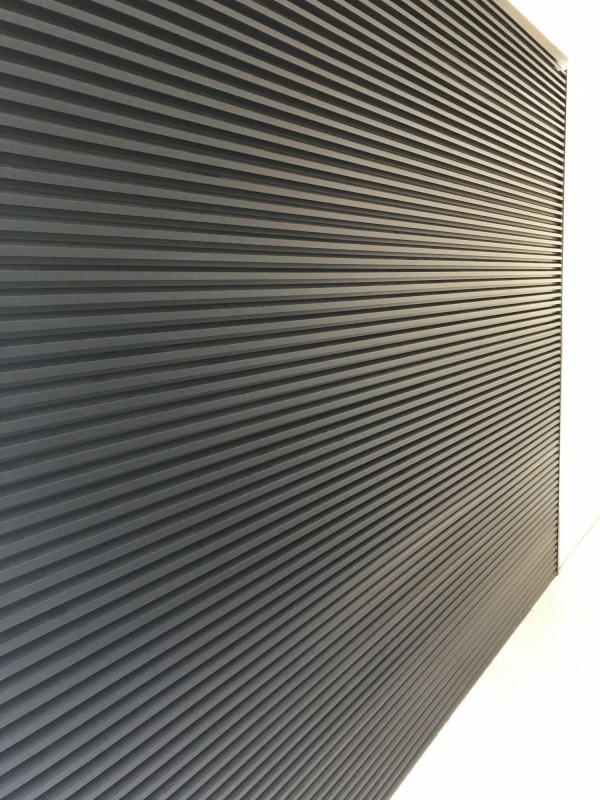

He wants to build a navbar where the links are spaced out between each other like this. You can follow the original Twitter thread here by going to simplify his example so it's easier to follow here. The Twitter community got involved in debugging it, so I wanted to include it in the notes, as some of you might find it interesting. This example is not necessarily related to flexbox, but more so with position:fixed. # Community Example # Debugging Fixed Position with Flex Simple, informative and straight to the point. Apparently, you can get through them in a few minutes : These flexbox tidbits by are a great way to learn CSS flexbox. And before you face palm 🤦♀️, thinking it will be a long read. If this is confusing to you, please do check out my free course. display: flex on the parent + margin: auto on the child is a really quick and easy vertical+horizontal center alignment technique.

But when you have multiple elements, then you will notice some different effects. I already understood how auto margins worked in flexbox, however I never thought about what happens if you set all margins to auto.

My examples have been a single element, so it doesn't matter. Where justify-content and align-items are parent properties - so it will affect all enclosing children. That's because margin is used to control a specific child element. You can simply use the CSS justify-content and the align-items properties with the value center to. You might have noticed, I applied margin to the child element. Answer: Use CSS justify-content and align-items Property.

It then works on all the items as a set, and dictates what happens with that free space, and the alignment of the entire set of items within it. You may do so by adding the class w-full.To learn more about how margin works with Flexbox, you can read the lesson from my free Flexbox30 course, Flexbox: Aligning with Auto Margins # Margin vs Flex Parent Properties For align-content to work you need more height in your flex container than is required to display the items. In order to see a visual difference make sure that the width of the parent element is bigger than the width of the child element. Now the same applies to width here as we had before with the height. To do so you use the justify-center class in Tailwind. In order to completely center the child element, so horizontally as well, you need to have justify-content: center set as well on the flex container. Other options like h-40, just picking a random height here, work too for example. So you may do this by adding the class min-h-screen, which sets the minimal screen height to 100vh. Keep in mind that in order to see a visual difference the flex container needs a height bigger than its child element. You may add this by using the class items-center. In order to align contents vertically in a flexbox in Tailwind CSS you need to have align-items: center set on the flex container. Vertical align within flexboxes with Tailwind CSS


 0 kommentar(er)
0 kommentar(er)
